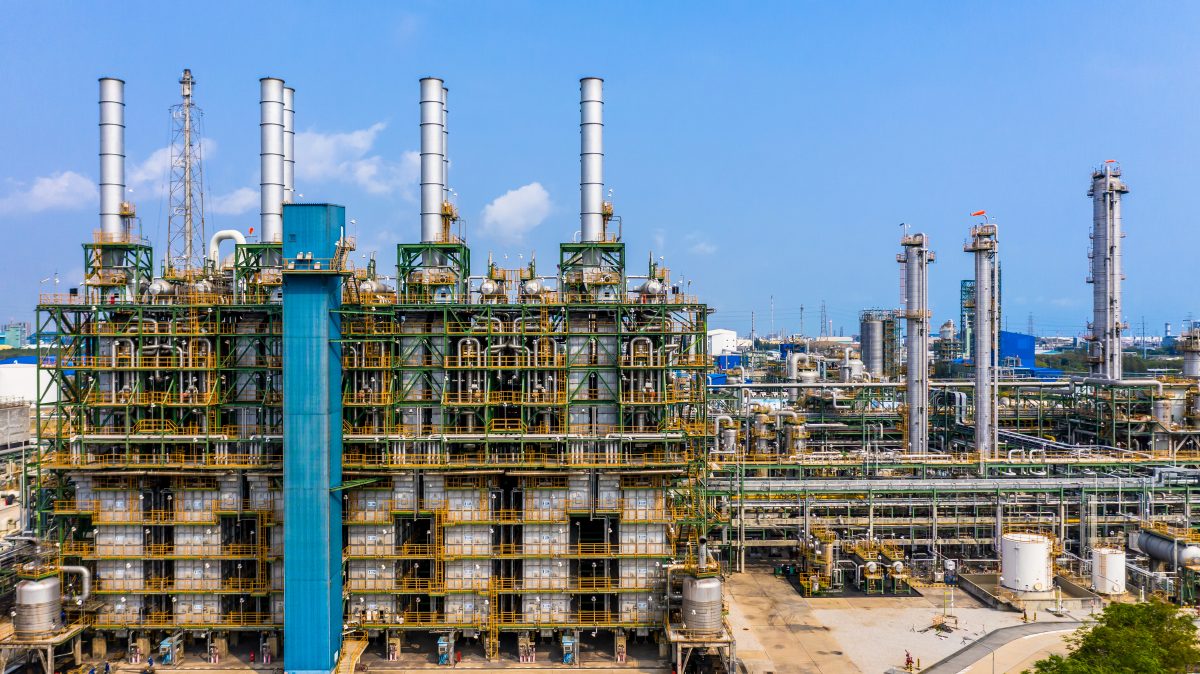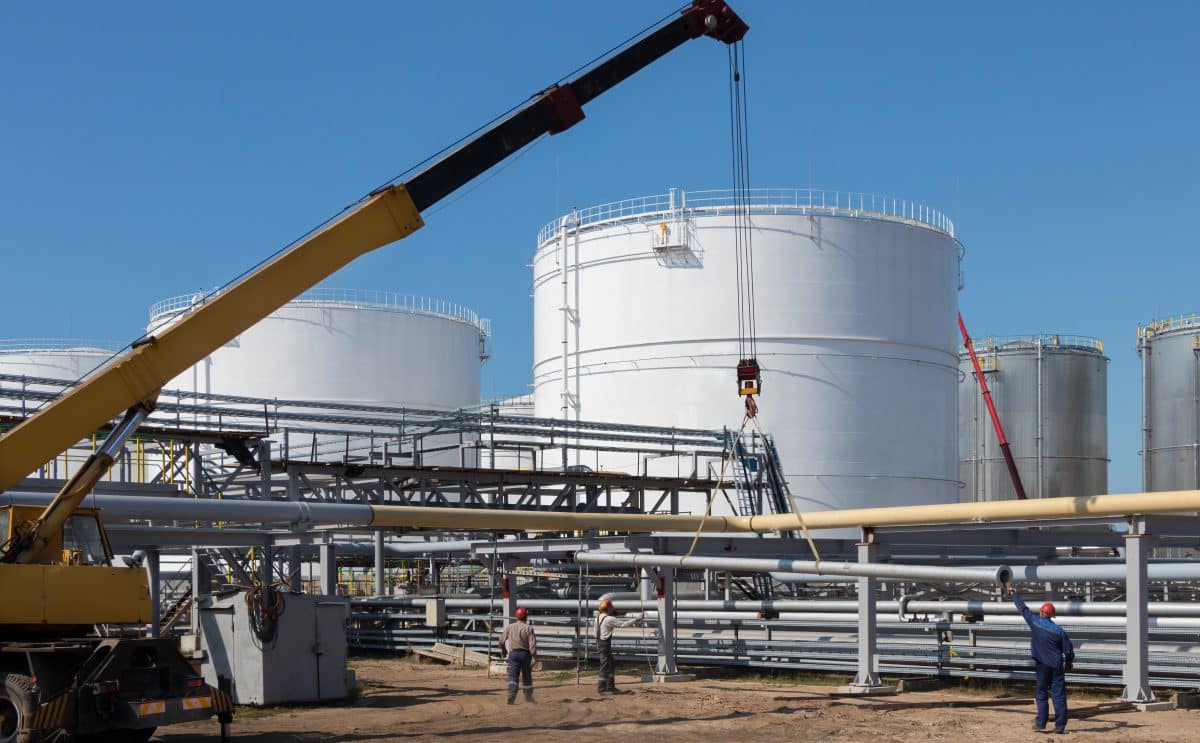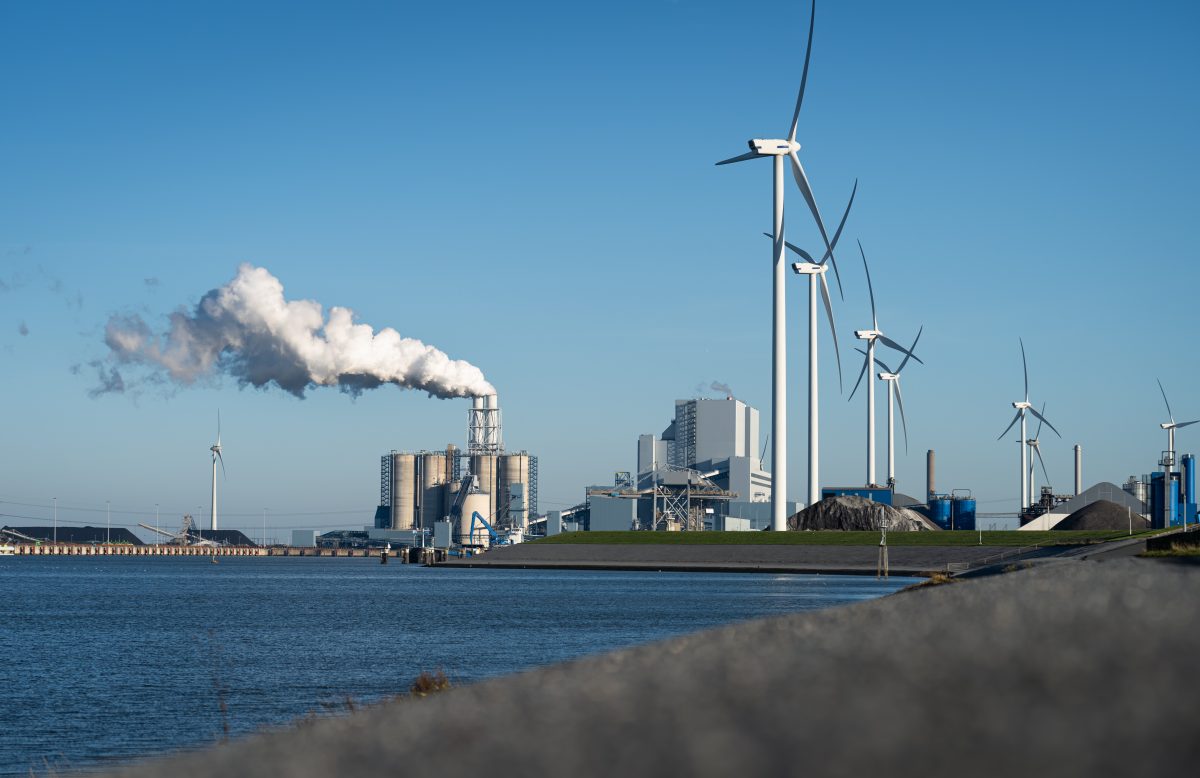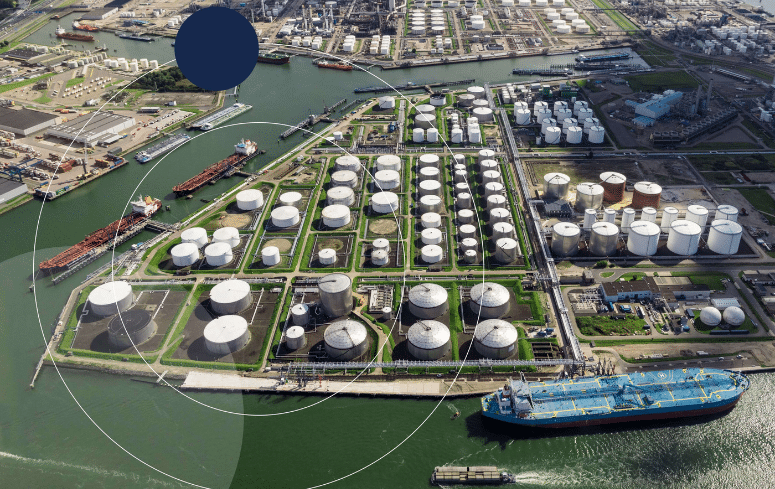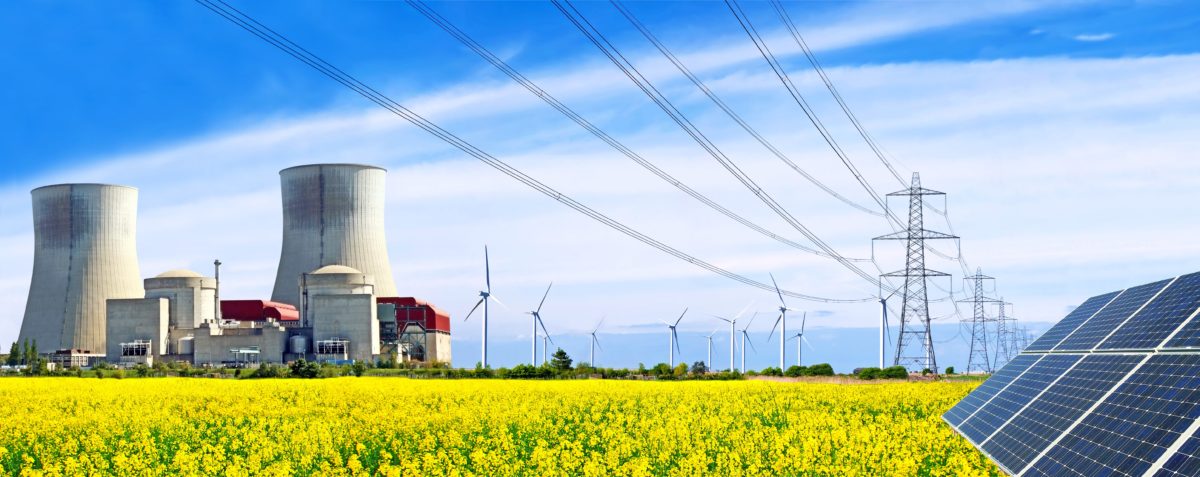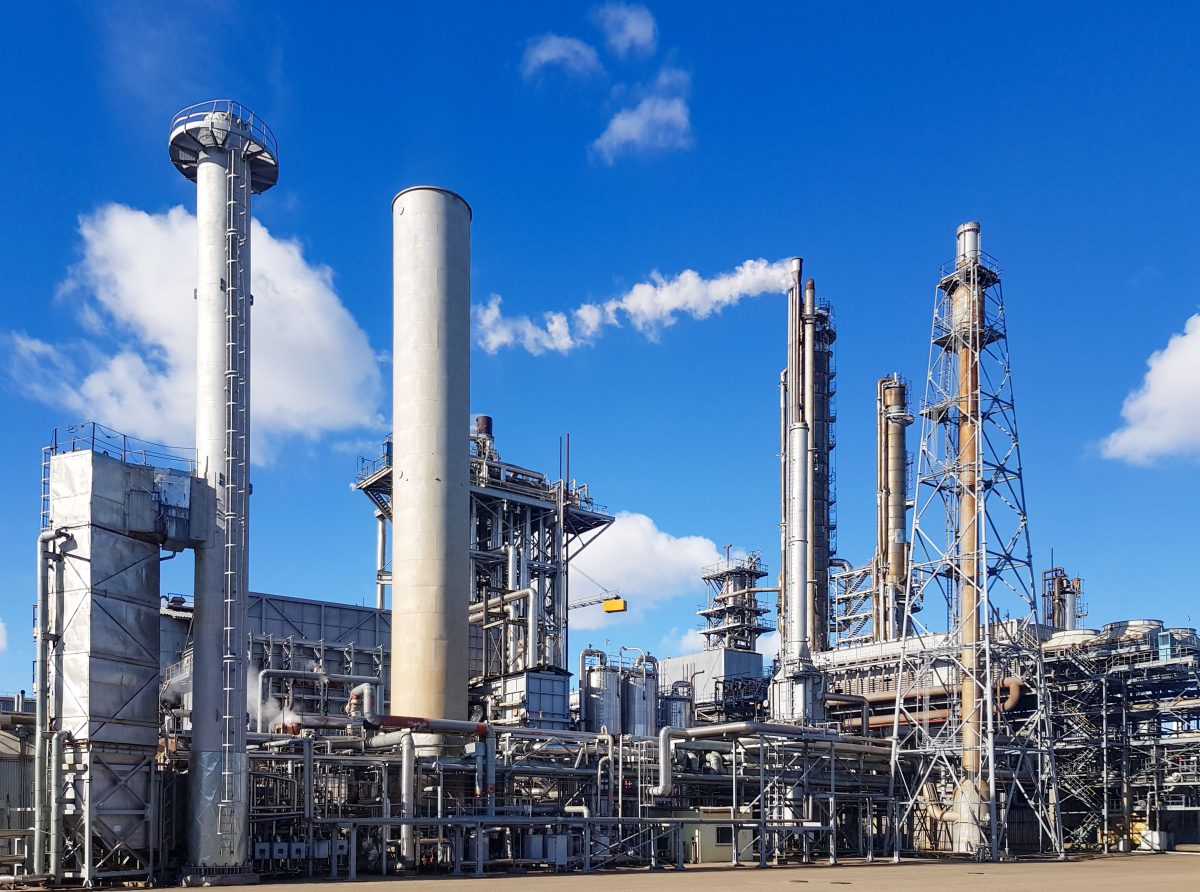A looming labor dispute at Canada’s two main railroads is unlikely to significantly reduce oil exports to the United States due to excess capacity on Trans Mountain and other pipelines, people close to the matter said.
North American shippers such as fertilizer supplier Nutrien (NTR.TO), opens new tab and U.S. logistics firm C.H. Robinson (CHRW.O), opens new tab are bracing for simultaneous stoppages at the Canadian operations of Canadian National Railway or CN (CNR.TO), opens new tab and Canadian Pacific Kansas City (CP.TO), opens new tab (CPKC) that could cost the nation’s economy billions of dollars.
CN said last week it was putting in place an embargo on any new reservations for movement of hazardous materials, security-sensitive cargoes or refrigerated containers originating in Canada, starting on Thursday. CPKC said that it had begun to halt any new shipments of hazardous chemicals or dangerous goods.
A strike or lockout could start on Thursday.
But oil exports may be largely unscathed. U.S. rail imports of Canadian crude have fallen sharply in recent years, averaging around 55,000 barrels per day in May, U.S. Energy Information Administration data showed, the lowest since the pandemic price crash in 2020. The U.S. imports about 4.2 million bpd from Canada, mostly by pipeline.
Anybody receiving crude by rail right now is figuring out what alternatives they have, whether it’s an alternative grade that can be substituted on the pipeline, or if a buyer is willing to take something else,” said Elliot Apland at MarbleRock Advisors, which helps negotiate rail supply-chain contracts.
Prices of Western Canadian Select crude typically fall during export logjams. However, Trans Mountain’s expansion in May and available capacity on other pipes should limit deep discounting, industry experts and analysts said.
Crude-by-rail is not as essential to the Canadian market as it was prior to the Trans Mountain expansion,” said Jeremy Irwin, a senior oil markets analyst at consultancy Energy Aspects.
Trans Mountain’s expansion nearly tripled the flow of crude from landlocked Alberta to the Pacific coast, to 890,000 bpd.
Maintenance at U.S. Midwest refineries, which buy and process Canadian crude, will also free pipeline space for additional barrels, Irwin added.
WCS for September delivery in Hardisty, Alberta, settled on Friday at $12.25 a barrel below U.S. West Texas intermediate crude, according to brokerage CalRock, compared to an average $18.65 discount in 2023. The relatively small discount indicates little market concern about moving Canadian crude.
“We’re closely monitoring the situation and putting plans in place to mitigate any impacts if a strike or lockout were to happen,” a spokesperson at producer Cenovus Energy (CVE.TO), opens new tab said.
ConocoPhillips (COP.N), opens new tab Canada said it ships refined product on CPKC and other rail carriers, but has flexibility to manage a sustained strike. The company does not expect any impact to its Surmont oil-sands production.
REFINED PRODUCTS
Canadian propane relies mainly on rail to reach domestic and export markets. Any stoppage could significantly reduce deliveries for fuel and chemical manufacturing.
AltaGas’ (ALA.TO), opens new tab Ridley Island Propane Export Terminal in British Columbia has stocked up on propane, Energy Aspects’ Irwin noted.
Some companies that use generators for electricity on job sites have been stockpiling diesel, Irwin said, adding that a rail stoppage longer than two weeks could strand some diesel at Alberta refineries.
Those refineries include Imperial Oil’s (IMO.TO), opens new tab Strathcona, Suncor Energy’s (SU.TO), opens new tab Edmonton, Shell’s (SHEL.L), opens new tab Scotford Complex, North West Redwater’s Sturgeon refinery and Cenovus’ Lloydminster refinery.
Canada’s gasoline markets tend to be localized and production stays in the region. Many major gasoline markets are connected directly to refineries by pipelines, while railways and trucks also distribute gasoline in other regions.
“Everyone is trying to get the inventories to a point where they could free rail logistics for 14 days and still be OK, said a senior industry executive who declined to be identified.
By Reuters, Arathy Somasekhar / August 19, 2024


